Water hyacinth also reduces the volume of water in the reservoirs through a Mechanical Control harvesting evaportranspiration. Water hyacinth has the ability to adsorbing pollutants due to its polyfunctional meta-binding sites and chemical functional groups.
Fish tadpoles and other water breathing.
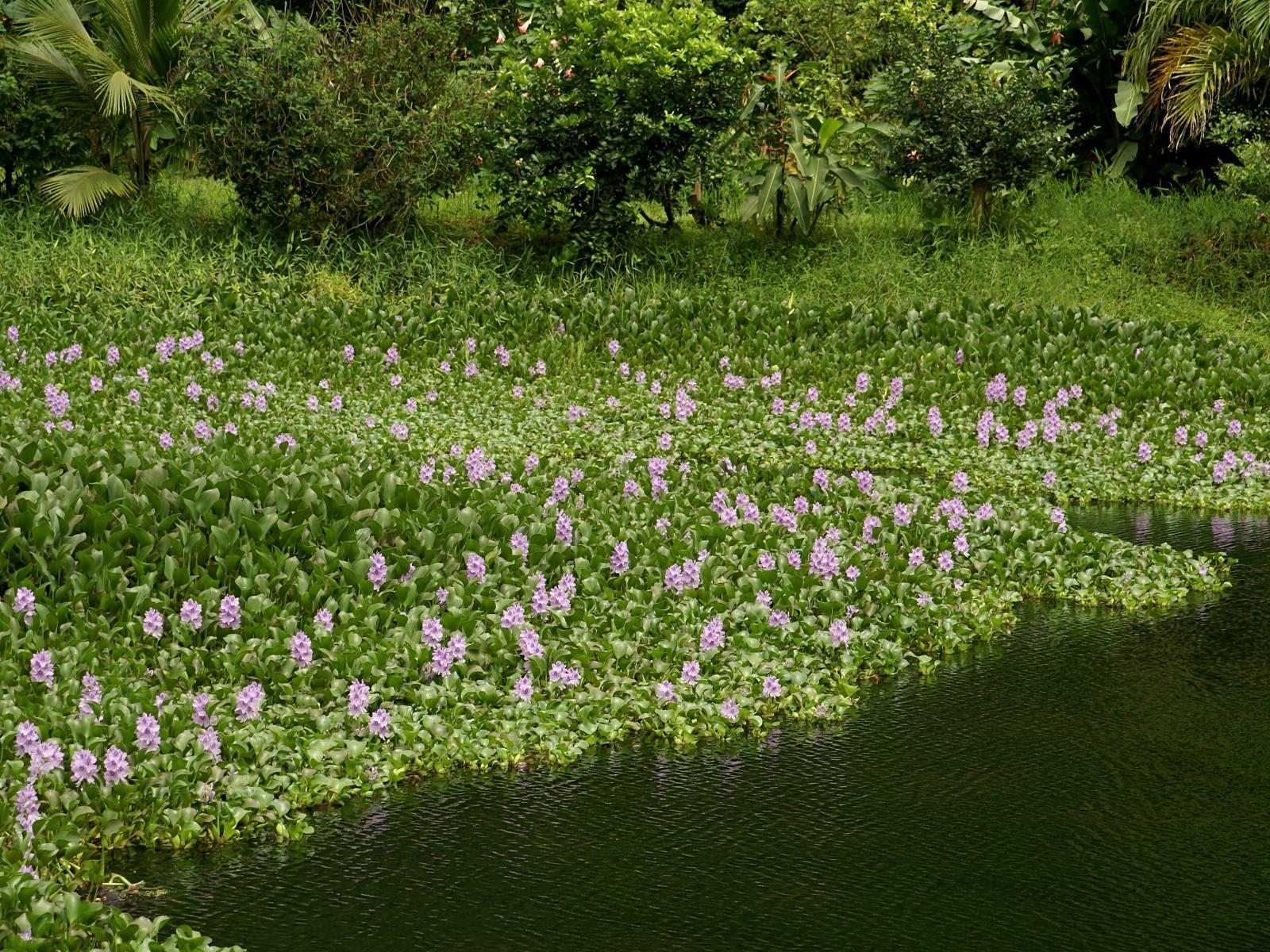
Importance of water hyacinth. Water hyacinth is excellent at soaking up excess nutrients as well as heavy metals from the water and the network of roots acts as a refuge hiding place and foraging ground for fish fry and shrimp. Benefits of Water Hyacinth. Its purpose is to control and conserve environmental condition.
Water hyacinth also reduces biological diversity impacts native submersed plants alters immersed plant communities by pushing away and crushing them and also alter animal communities by blocking access to the water andor eliminating plants the animals depend on for shelter and nesting. Here we examined the potentials of WH Eichhornia crassipes Mart solms to remove excess nutrients from sewage wastewater. Water hyacinth can alter water clarity and decrease phytoplankton production dissolved oxygen nitrogen phosphorous heavy metals and concentrations of other contaminants.
Water hyacinth can alter water clarity and decrease phytoplankton production dissolved oxygen nitrogen phosphorous heavy metals and concentrations of other contaminants. Water hyacinth Eichhornia crassipes one of the worlds most destructive invasive plants presents a direct threat to economically productive water resources. Like other aquatic plants that form large dense mats water hyacinths can choke out local plant species decrease dissolved oxygen and nutrient concentrations in the water and blocking sunlight from penetrating the waters surface.
The mats on top of the water can actually block out the sunlight getting to the water and further damage the habitat and severely lowering the waters oxygen content. Removal of excess nutrients. One of the health benefits of water hyacinth is to perform the weight management.
A summary of losses caused by floating weeds is given in Table 1. In countries where mineral fertilizers are expensive this can serve as a sustainable and cheap alternative for high-quality fertilizers. It helps you to control the weight and prevent you from obesity.
Plant water hyacinth has become a major pest of rivers and dams. Water hyacinth contains high dietary fiber which effectively aid weight loss. These invasive species block the sunlight reaching and oxygen level in water systems which results in damaging water quality and serious affecting various lifeforms in the ecosystem.
WATER HYACINTH CONTROL AND POSSIBLE USES Introduction Water hyacinth Eichhornia Crassipes Water hyacinth is an aquatic plant which can live and reproduce floating freely on the surface of fresh waters or can be anchored in mud. Through high levels of evapotranspiration water hyacinth leads to substantial water losses that could otherwise be used. Water hyacinth is a type of invasive floating plant found in water bodies across the world.
Plant size ranges from a few inches to a metre in height. Water Hyacinth can absorb metals like copper and lead from industrial sewage and living place sewage. According to the study this plant can even remove low concentrations of copper.
Water hyacinth contains amino acid which is able to help vitamin C during the process of collagen synthesis. Water hyacinth tends to form large dense mats of vegetation on top of the water and have dense root systems under the water. Water hyacinth WH has high tolerance in extreme environmental conditions.
It also can absorb mercury and lead melt in the liquid. Water hyacinth can also be used as compost and fertilizer. Not only does it destroy native habitats but it also seriously depletes water bodies of oxygen increases water loss and provides a breeding ground for mosquitoes.
Water Hyacinth can absorb minerals and inorganic substance from the sewage. The water hyacinth pads are dried and mixed with ash soil and animal manure. In the use of water hyacinth for the adsorption of dye most studies investigated the effects on cationic dyes 19 20 with limited studies on anionic dyes 21.
Water hyacinth Eichhornia crassipes is one of the worlds most invasive aquatic plants and is known to cause significant ecological and socio-economic effects. Rampant growth of water hyacinth can destroy native wetlands and waterways killing native fish and other wildlife.
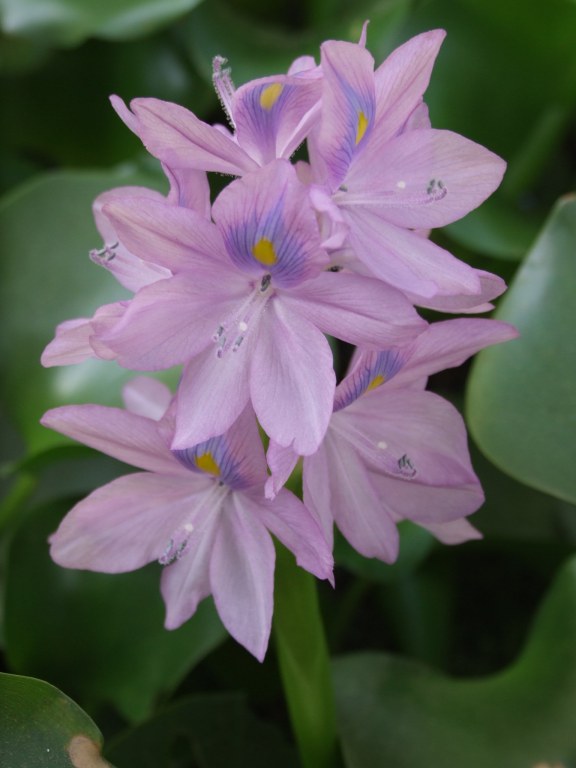
Water Hyacinth Eichhornia Crassipes Feedipedia

Does Water Hyacinth Eichhornia Crassipes
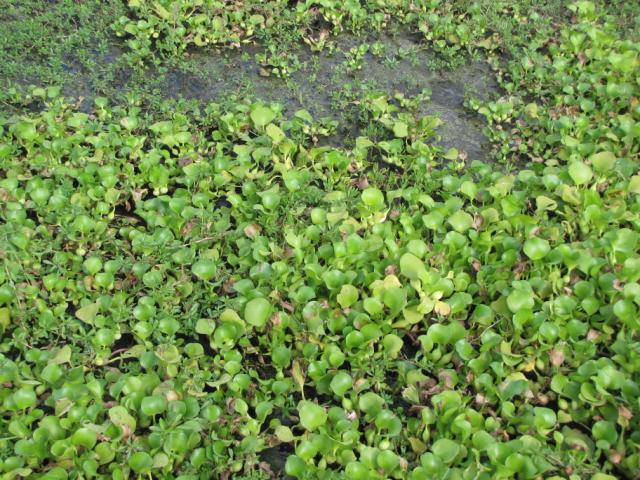
Water Hyacinth Eichhornia Crassipes Feedipedia

Does Water Hyacinth Eichhornia Crassipes
Water Hyacinth Eichhornia Crassipes Feedipedia

Use Of Water Hyacinth In Fish Feed All About Feed
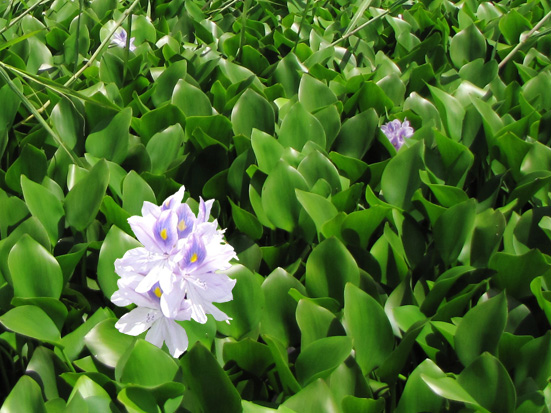
Water Hyacinth Eichhornia Crassipes Any Opportunities For The Alaotra Wetlands And Livelihoods Rakotoarisoa Madagascar Conservation Development
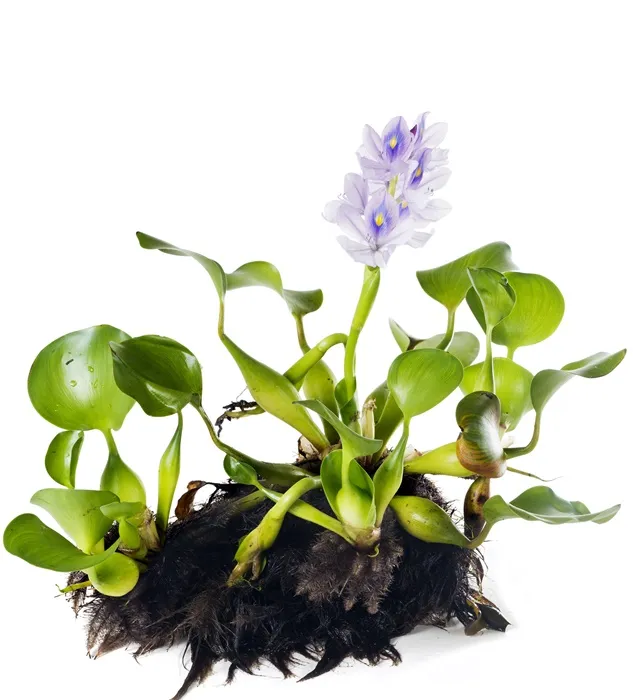
How To Care For Water Hyacinth Aquascape Inc

Different Parts Of Water Hyacinth Eichhornia Crassipes A Leaves Download Scientific Diagram

Geographical Distribution And Physiology Of Water Hyacinth Eichhornia Crassipses The Invasive Hydrophyte And A Biomass For Producing Xylitol Semantic Scholar
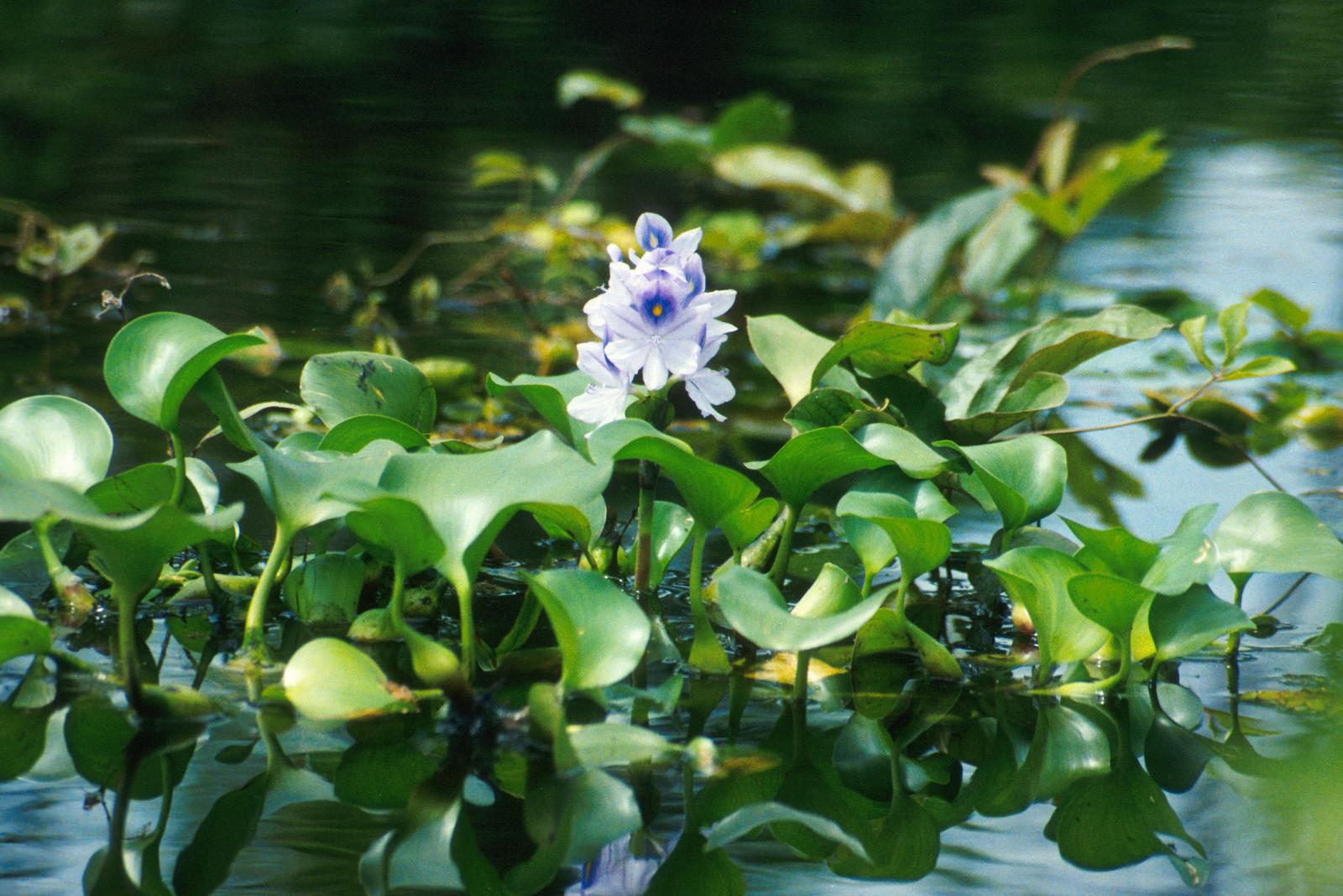
Water Hyacinth Eichhornia Crassipes Feedipedia

Featured Stories Water Hyacinth Acts Like Plastic Wrap On The Delta

Water Hyacinth Eichhornia Crassipes Feedipedia

Water Hyacinth Live Koi Pond Plants 12 Live Plants Etsy Floating Pond Plants Pond Plants Water Pond
Water Hyacinth Woes Eat The Weeds And Other Things Too
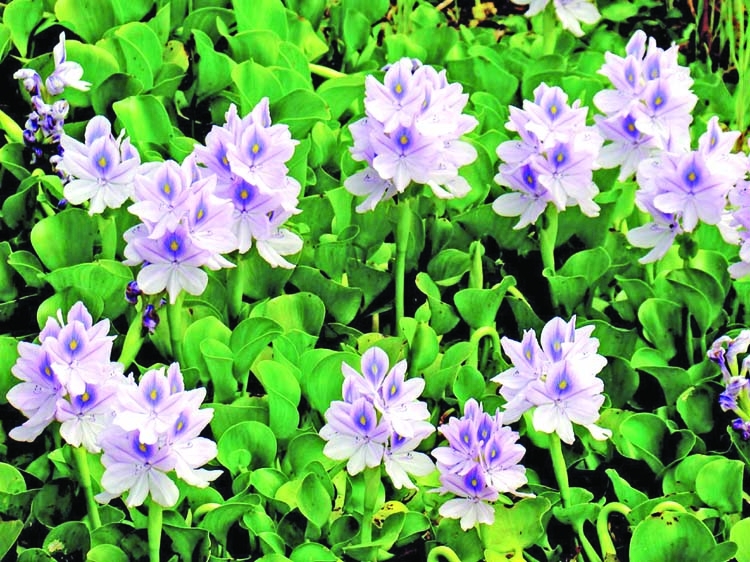
Medicinal Benefits Of Water Hyacinth The Asian Age Online Bangladesh
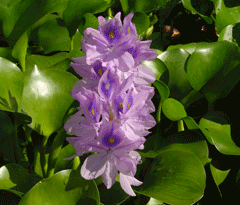
Eichhornia Crassipes Water Hyacinth Common Water Hyacinth Pfaf Plant Database

Water Cabbage 21 Awesome Pond Plants For Your Dream Water Garden Floating Plants Plants Pond Plants

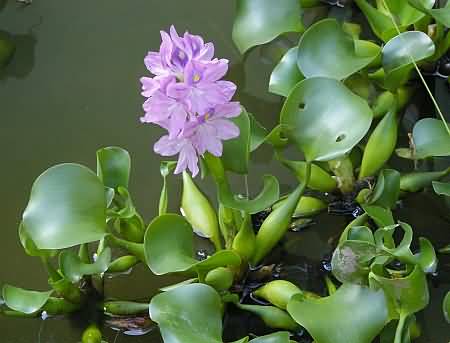

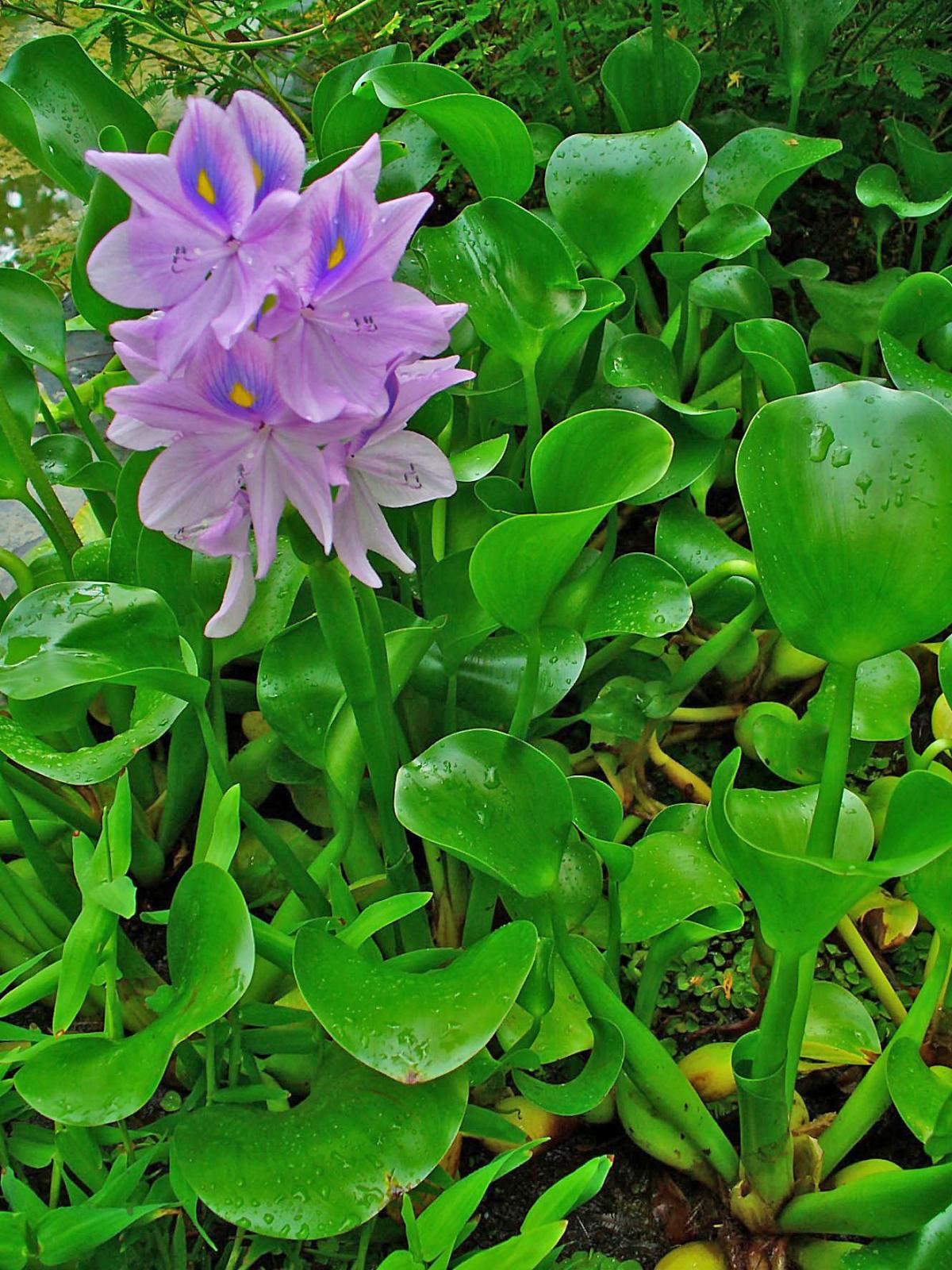
إرسال تعليق